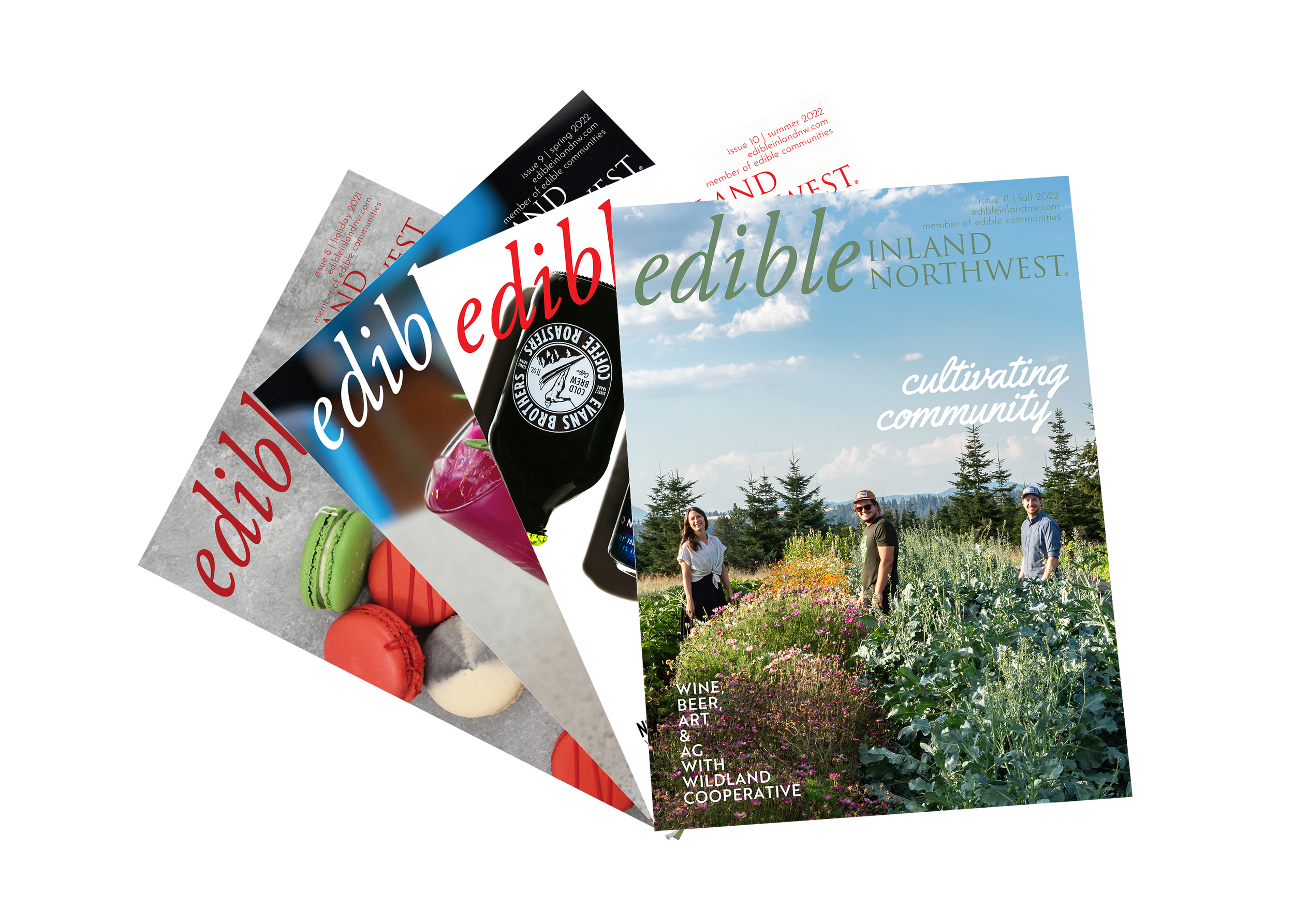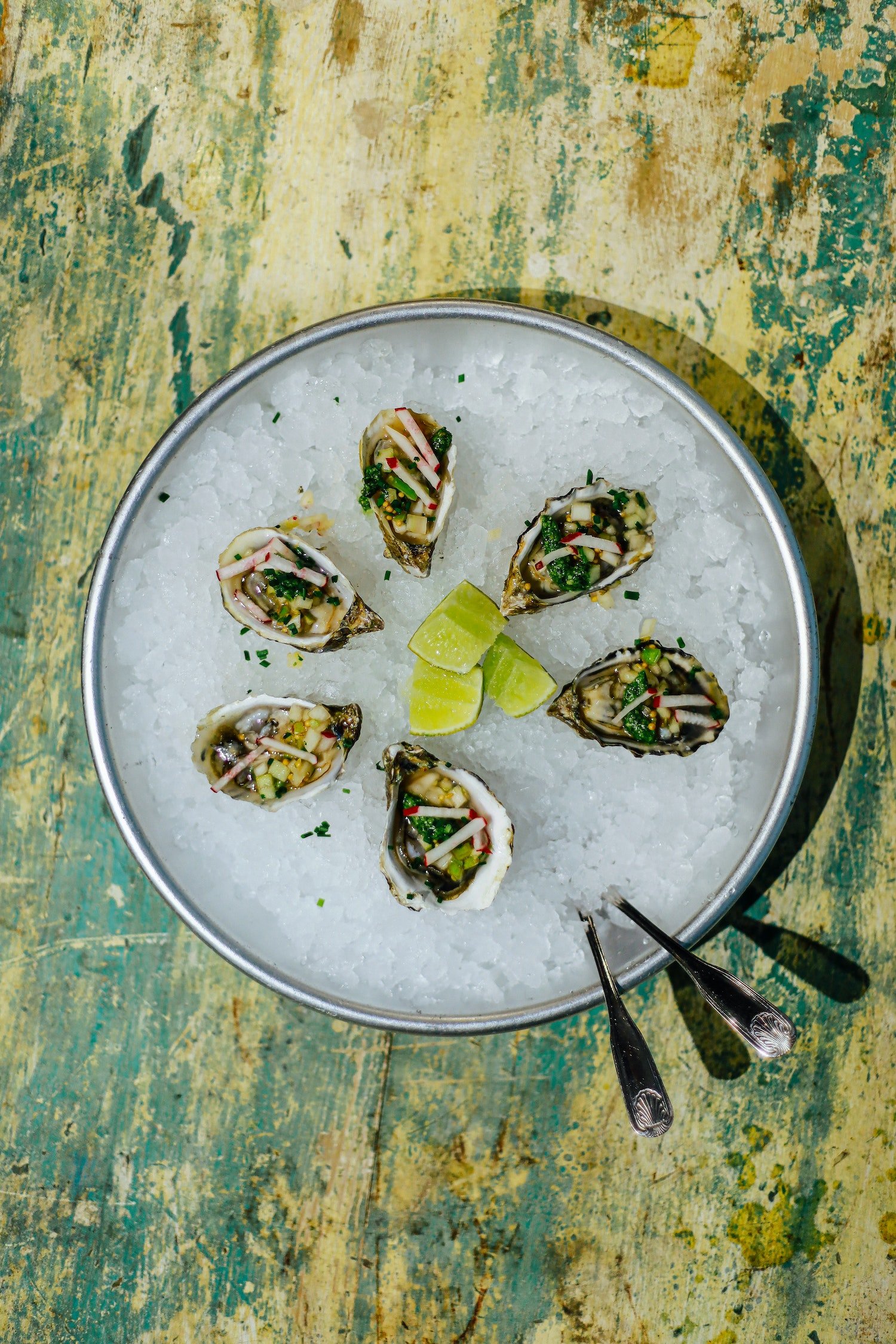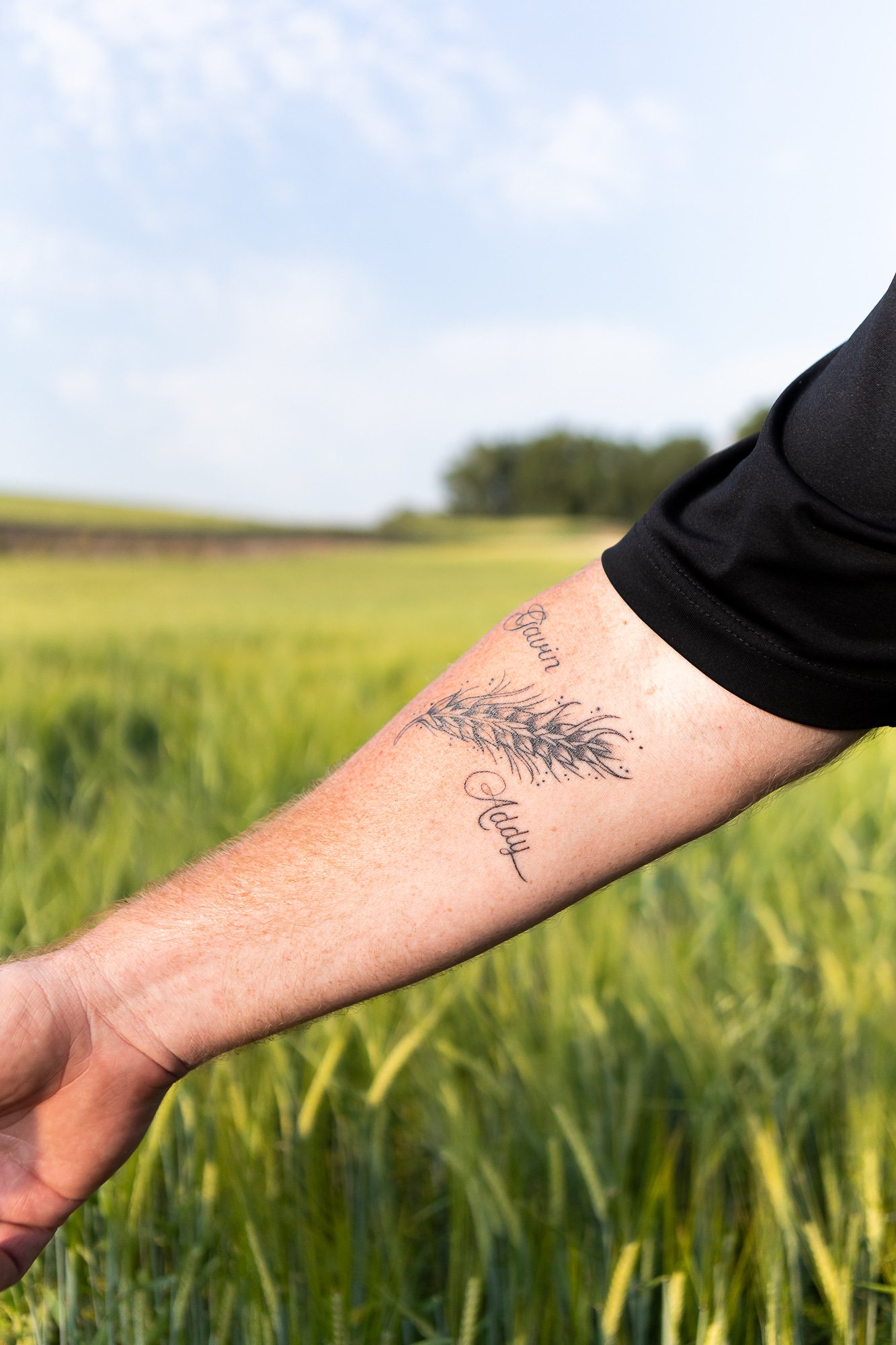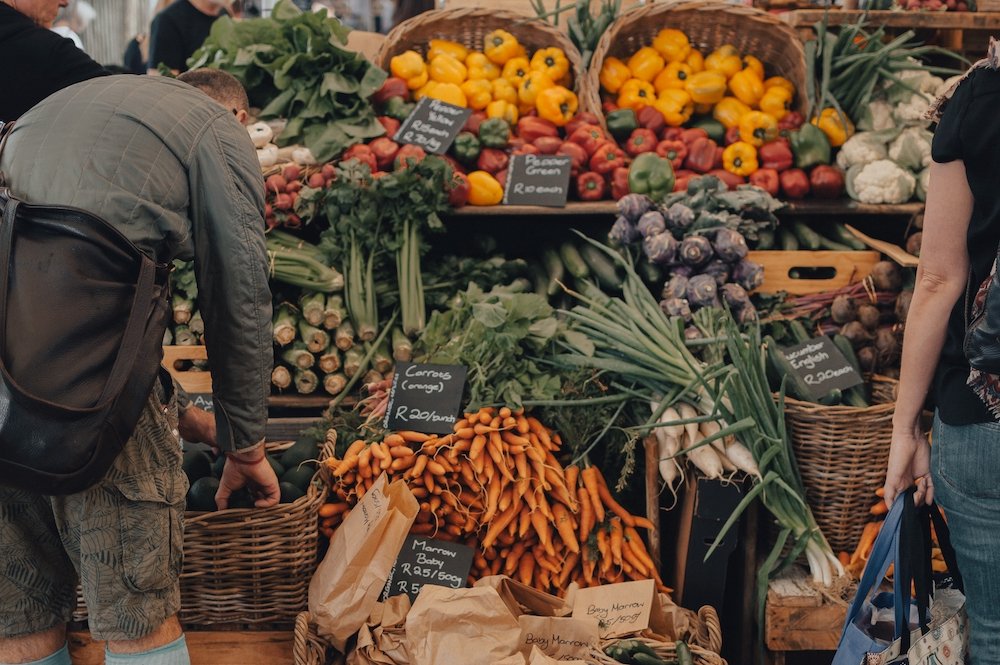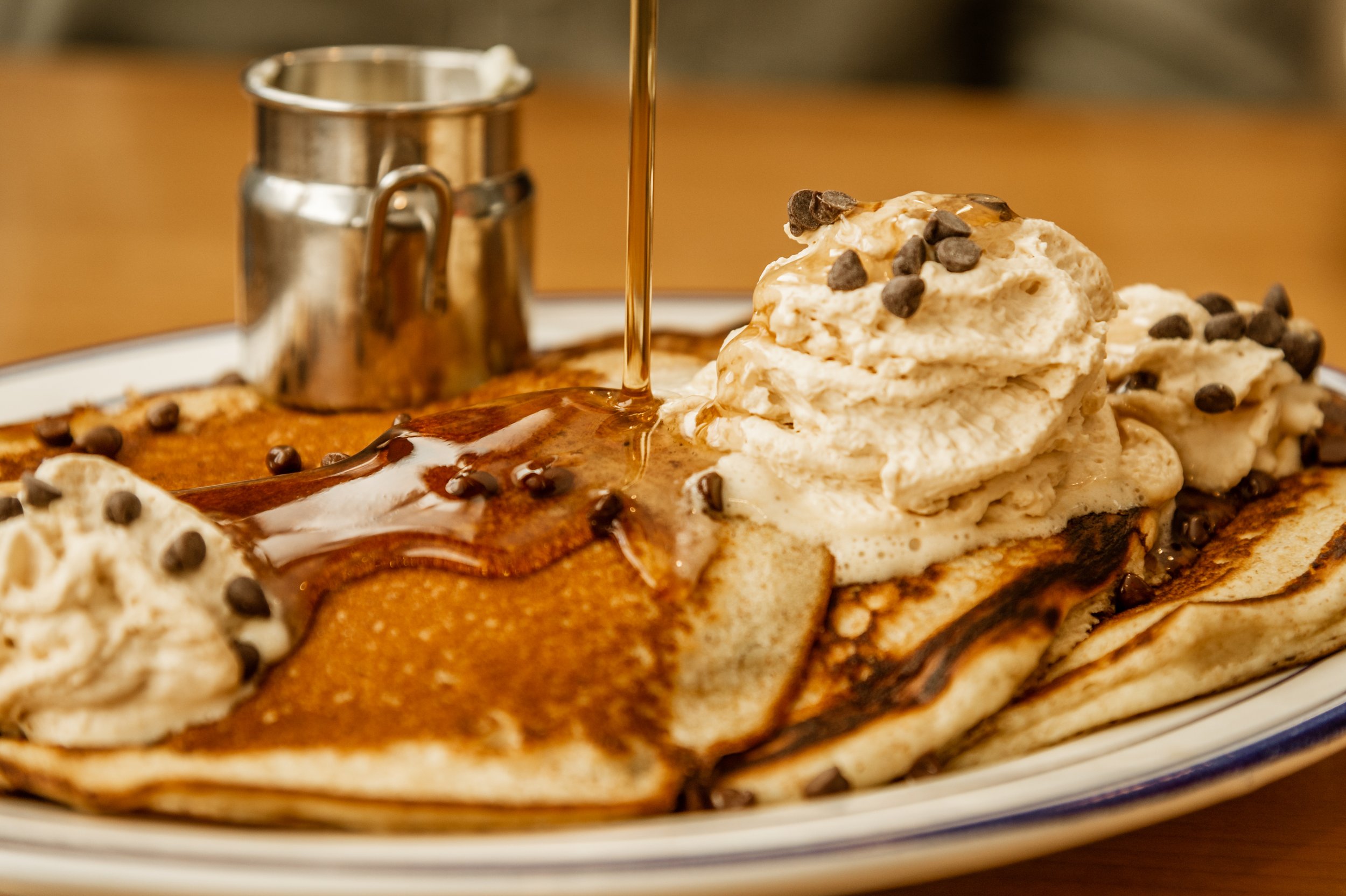Grass-Fed by Design
Grass-Fed by Design
BY JESS JAGER
You may have heard the argument that technically, all beef is grass-fed and that is true, all cows are fed grass as at least part of their diet. Cows are ruminants which means that at least part of their diet needs to be made up of forage or grass. Their bodies have been designed to be able to efficiently break down the nutrients found in plant matter. And in order for their bodies to work properly and healthfully, that digestive system must be cared for and provided for in a way that keeps it moving and active. So yes, all cows are grass-fed but not all cows are grass-fed exclusively.
All calves are fed milk for the first few months of life, whether they are raised on the side of their mothers or bottle fed, this is the main source of their nutrition and imperative to the health and wellness of the calves' rumen. After about four to eight, months calves are often weaned, or separated from their mothers and commonly moved to a grass-fed diet. This grass-fed diet can consist of dry hay, silage or fresh pasture. This is also where some farmers will begin to feed a grain ration, some farmers offer grain within the pasture setting while others are finished in a feedlot and offered grain almost exclusively.
Here is the important thing to remember, the classification of grass-fed or grain-fed, tells you nothing about how or where that animal was raised. There is no classification for feedlot beef or farmers that finish with grain, while simultaneously raising their cows on pasture. I am not here to make value statements or tell you which is better, the world is dependent on how we raise beef with speed and efficiency, so a grain-fed operation will likely always be necessary from the perspective of need, space and time. Because of this, I am a huge proponent of locally-sourced meats and food as it allows you more room to navigate your food choices beyond just what an animal is fed and increase to include the way that animal has been raised.
I will tell you though why we choose to exclusively raise grass-fed and finished beef here on our farm.
Here on the farm, we strive to meet a fairly specific level of sustainability. In order for us to see ourselves in this way we believe that we must meet criteria for the sustainability of ourselves, our animals, the land and our community. If our practices fail to meet the needs of any of these four pieces we believe that we have failed. When we look at the sustainability of the life of our animals we consider the needs of their specific body in relation to their feed, their environment, and their overall health. We ask ourselves if we are able to provide for them in a way that honors their whole life while they live here with us. We consider if we are able to grow them in a way that is efficient and yet honoring to their design, in a way that benefits us, the land and our community at the same time.
The decision to raise our beef 100% grass-fed and finished is one that meets our criteria for sustainability. And it all starts by noticing the design of the cow itself and its classification of a ruminant.
A ruminant is generally a hooved herbivore that has a stomach that contains four chambers, specifically for grazing pasture or forage. A ruminant's digestive system follows a distinct series of events in order to efficiently process and absorb their food.
First, the forage travels to the rumen, which is a large container or storage area where it begins its process of digestion through bacterial fermentation. The grass is broken down and moved to the reticulum. The reticulum acts as a sorting center, if there are things within the material that are too heavy or hard to digest it will withhold those items and prepare the rest for regurgitation in the form of cud. You’ve probably heard the term “chewing cud” and this is what cows spend the majority of their days doing. Once the cud has been thoroughly chewed it goes back to the rumen and then travels to the omasum where the cow’s body absorbs the remaining water and nutrients from the forage. Lastly, it moves onto the abomasum or what some call the “true stomach”, this compartment is most like our own stomach. It is in this final stage that the cows' food goes through for final breakdown and absorption.
You can see that the cow’s body has an intricate design and way of obtaining nutrients. Its body is dependent on each part of this digestive process to work properly in order to distribute and absorb its food. Cows were designed to graze and forage for what would be available to them on the range or in pasture. Grain does not require any of this style of digestion and because of this we believe grass to be the only option for feed and have decided to avoid grain in feeding our cows as it does meet our ethics or classification of sustainability as it does not- in our opinion- honor their design.
As mentioned earlier, our food system is dependent on the many ways in which beef is grown. We must avoid creating levels of hierarchy in our food system and instead pour our energy into making food more accessible to our local community, in a way that honors all of the things that I mentioned above. The healthiest way that we can feed our bodies is in a way that honors ourselves, our land, our animals and our community at large. There are many farmers that use many different methods to produce beef that do just that.
So perhaps it’s a matter of what questions we ask when we source our food. Instead of focusing on one piece of what is a very large puzzle we could start to ask a few questions that could give us a fuller picture of the health and wellness of the animal that then impacts the health and wellness of ourselves.
Instead of simply asking what the animal has been fed, we could begin to wonder about how that animal has been raised, where it was grown and how it was treated. We could begin to learn about the environmental impacts- both positive and negative- that a cow can have on this place we call home. And lastly, many of us are currently eating anonymous food grown by anonymous farmers, likely grown in places that are hundreds if not thousands of miles away from our homes. I wonder if we would notice any change in how we eat if we got to know a farmer by name, if we could see the fields or barns in which these animals are grown, or if we could see the many hands that work tirelessly with care and toil to raise food for you and yours.










